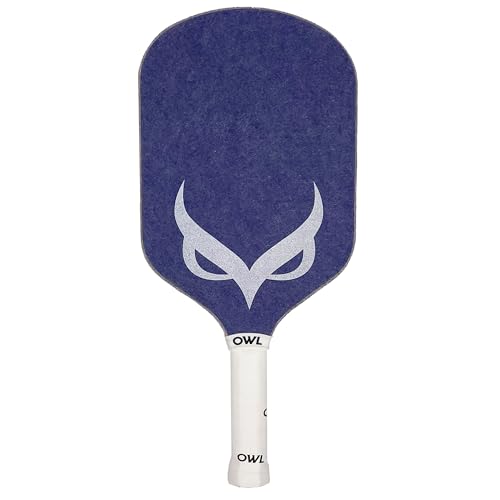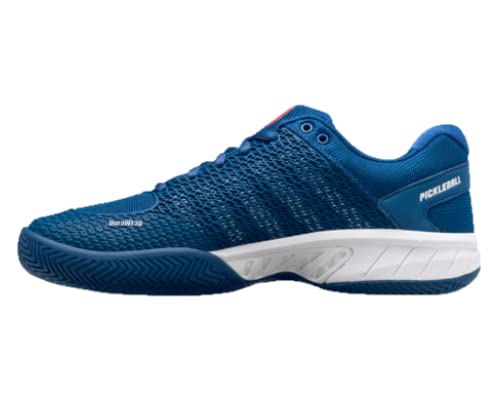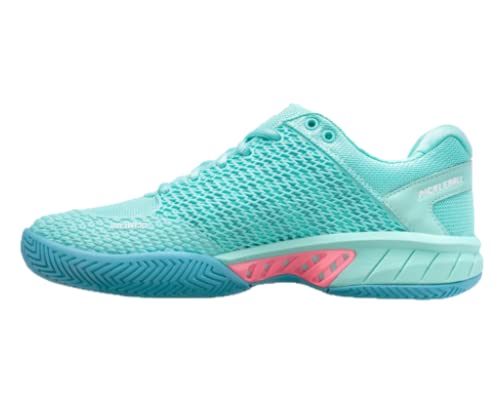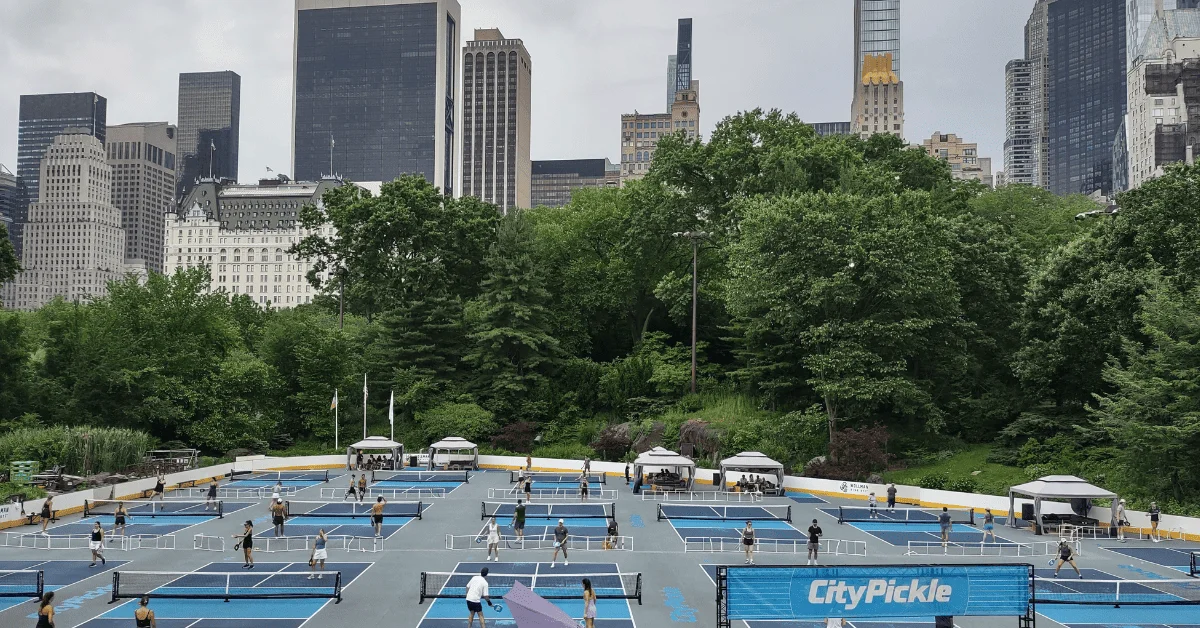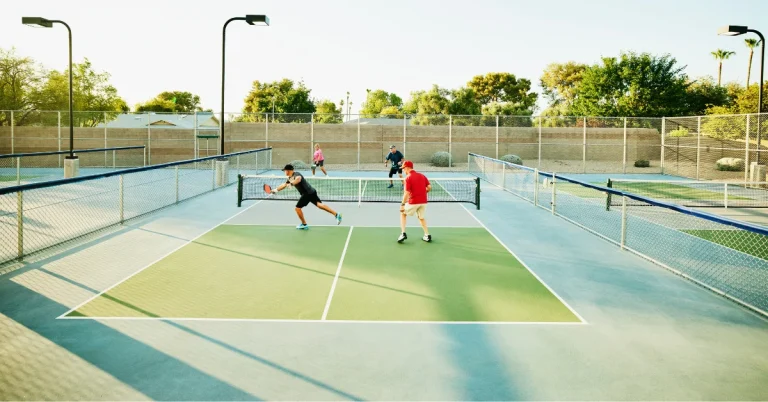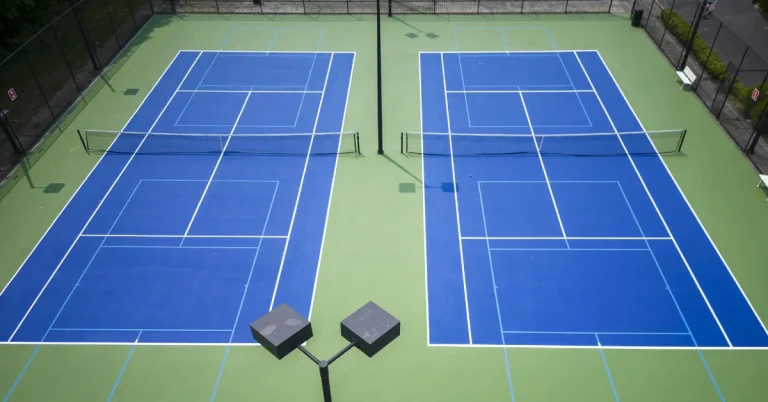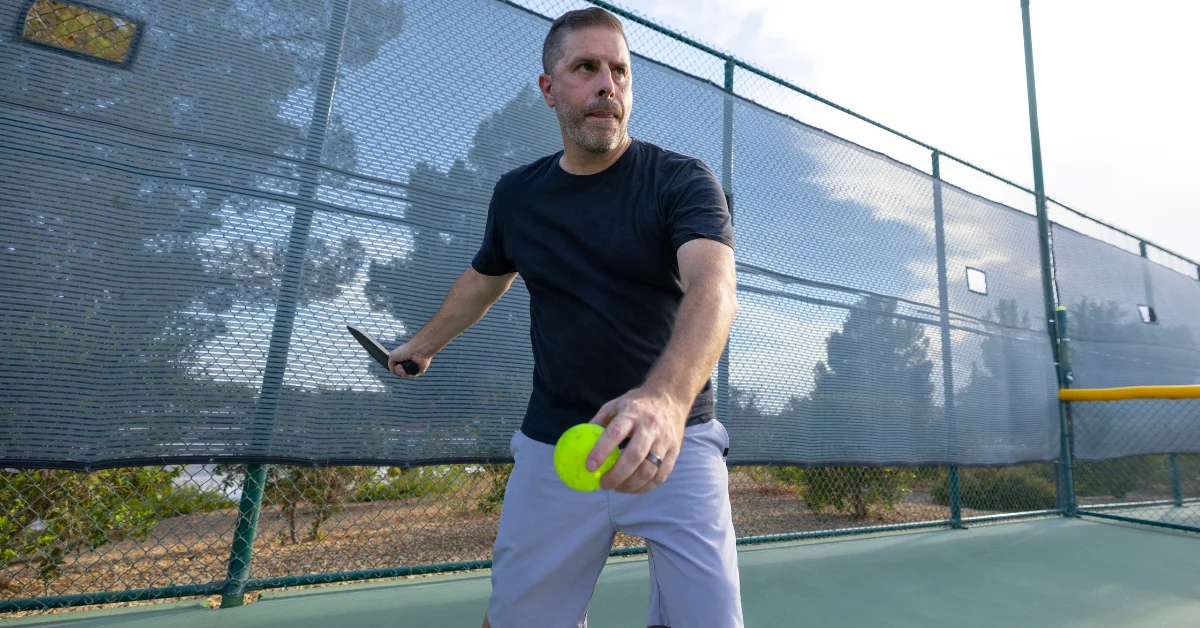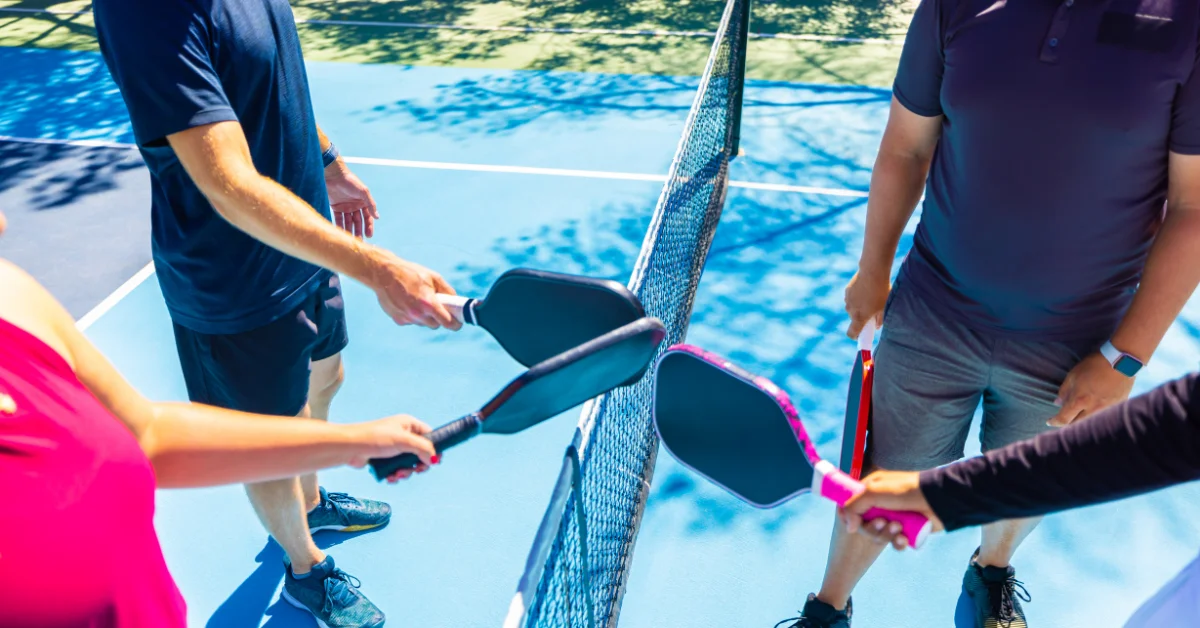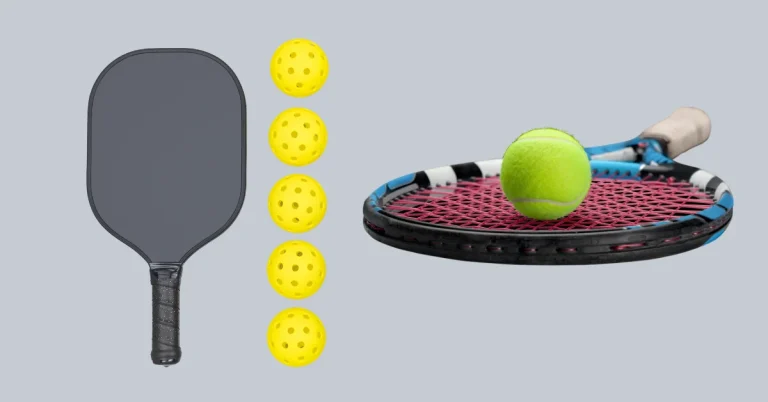Introduction
Welcome, pickleball aficionados and outdoor game enthusiasts! Ready to transform your outdoor area into a pickleball paradise? Before diving into the world of paddles and balls, let’s embark on a journey to design the ultimate pickleball court. We’ll cover everything from essential dimensions to surface options, and even sprinkle in some essential pickleball jargon for flavor.Why Pickleball is the Spice of Life
Imagine a sport that blends the speed of tennis, the precision of badminton, and the accessibility of table tennis. That’s pickleball! It’s more than just a game; it’s a social experience that brings people together, regardless of age or skill level. Its inclusive atmosphere and straightforward rules make it perfect for family gatherings, friendly competitions, and everything in between.The Blueprint: Pickleball Court Dimensions
A masterful pickleball court design starts with precise dimensions. Here’s the breakdown of a standard court to get you started:- Overall Dimensions: 20 feet wide x 44 feet long, providing ample space for spirited rallies.
- Non-Volley Zone (The Kitchen): 7 feet from the net on each side, where the game’s most thrilling exchanges happen.
- Service Boxes: Each box is 10 feet deep x 15 feet wide, designed for strategic serves.
- Net Height: 36 inches at the sides and 34 inches in the middle, creating a challenging but fair obstacle.
- Net Length: 22 feet long, spanning the width of the court for maximum play area.
- Line Width: 2 inches wide, ensuring clear and visible boundaries for accurate play.
- Space Behind Baselines: At least 10 feet recommended, giving players room to move and serve.
- Sidelines: A minimum of 5 feet on each side suggested, allowing for sideline shots and strategy.
Why is it Called “The Kitchen”?
The heart of the court has a curious nickname: the kitchen. Far from where you’d find snacks, this no-volley zone demands precision and strategy, heating up the action like no other area. Remember, stepping into the kitchen to volley is a fault. It’s a unique rule that adds flavor to the game, challenging players to think before they leap.Choosing the Winning Surface: Textured Acrylic Takes the Cake
When it comes to setting up your pickleball court, the choice of surface material plays a pivotal role in defining the quality of play and ensuring player safety. Among the myriad options available, each has its unique benefits and trade-offs. Concrete and asphalt stand out for their hard-wearing nature and longevity, making them a common choice for outdoor sports facilities. However, their rigidness can be tough on players’ joints over extended play periods. On the other hand, rubberized coatings are celebrated for their shock absorption and cushioning effect, offering a more forgiving surface that can reduce the risk of injuries.Yet, when balancing the demands of competitive and recreational pickleball play, textured acrylic surfaces emerge as the gold standard. Here’s why textured acrylic is the go-to choice for pickleball enthusiasts and professionals:- Optimal Grip: The unique texture of acrylic surfaces provides unparalleled grip, reducing slip risks without compromising movement. This allows for swift, safe footwork during intense rallies and serves.
- Joint-Friendly: Unlike the unforgiving hardness of concrete and asphalt, textured acrylic offers a degree of cushioning that helps absorb impact, easing the strain on players’ knees, ankles, and hips.
- Consistent Ball Bounce: Precision is key in pickleball, and the uniform surface of textured acrylic ensures a predictable ball bounce, crucial for both strategic plays and fair competition.
- All-Weather Performance: Designed to withstand a range of weather conditions without deterioration, textured acrylic surfaces maintain their quality and appearance through seasons of play, making them ideal for outdoor courts.
- Customization and Aesthetics: Available in a variety of colors, textured acrylic can be customized to fit the aesthetic of any setting, enhancing the visual appeal of the court while improving functionality.
By offering the perfect blend of performance features and physical benefits, textured acrylic surfaces cater to the nuanced needs of the pickleball community. Whether you’re hosting a tournament or enjoying a friendly match, a court outfitted with a textured acrylic surface ensures top-notch gameplay under any conditions, setting the stage for endless enjoyment and competitive thrill.



